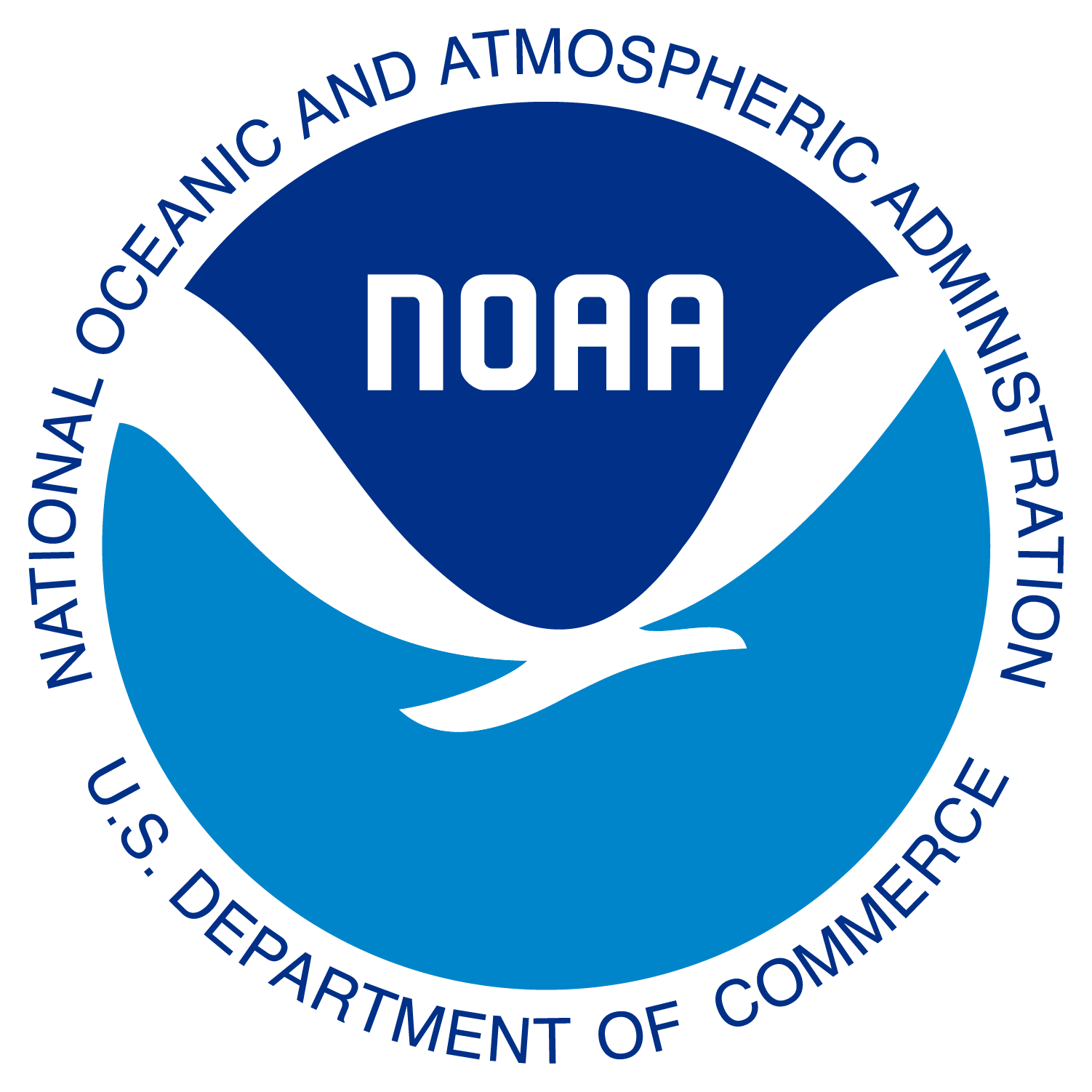 |
|
MODIS Total Suspended Matter (TSM) for Chesapeake BaySatellite-derived total suspended matter (TSM) is a measure of the concentration of particulate material in the surface water such as mud, silt, and other fine-scale debris, including both organic and inorganic fractions. The algorithm relates in-water sediment concentration measurements to the amount of light leaving the water -- the light that is eventually seen by the satellite. Red visible light is a good indicator of in-water sediment. In this case, the red visible band (645 nm) on the Moderate Resolution Imaging Spectroradiometer (MODIS) on-board the NASA Earth Observing System (EOS) Aqua satellite is used to calculate TSM. In-water measurements of suspended sediment were taken over several seasons in Chesapeake Bay and related to the normalized water-leaving radiance of the MODIS 645 nm band, simulated from hyperspectral in-water radiance measurements. The in-water hyperspectral radiance measurements were taken simultaneously with the in-water suspended sediment measurements. Because the MODIS red visible band is a high-resolution band at 250 m spatial resolution, the TSM product provides very high spatial detail, which is useful for monitoring sediment distribution patterns in Chesapeake Bay tributaries, as well as the Bay's main stem. TSM is a concentration measurement, so units are in mg/L. NOAA CoastWatch East Code Node provides mapped satellite swath products for each Aqua MODIS overpass over Chesapeake Bay, and mapped daily composite products of TSM.
Data Access
Ondrusek, M., et al., The development of a new optical total suspended matter algorithm for the Chesapeake Bay, Remote Sensing of Environment, vol. 119, 2012. |
|

